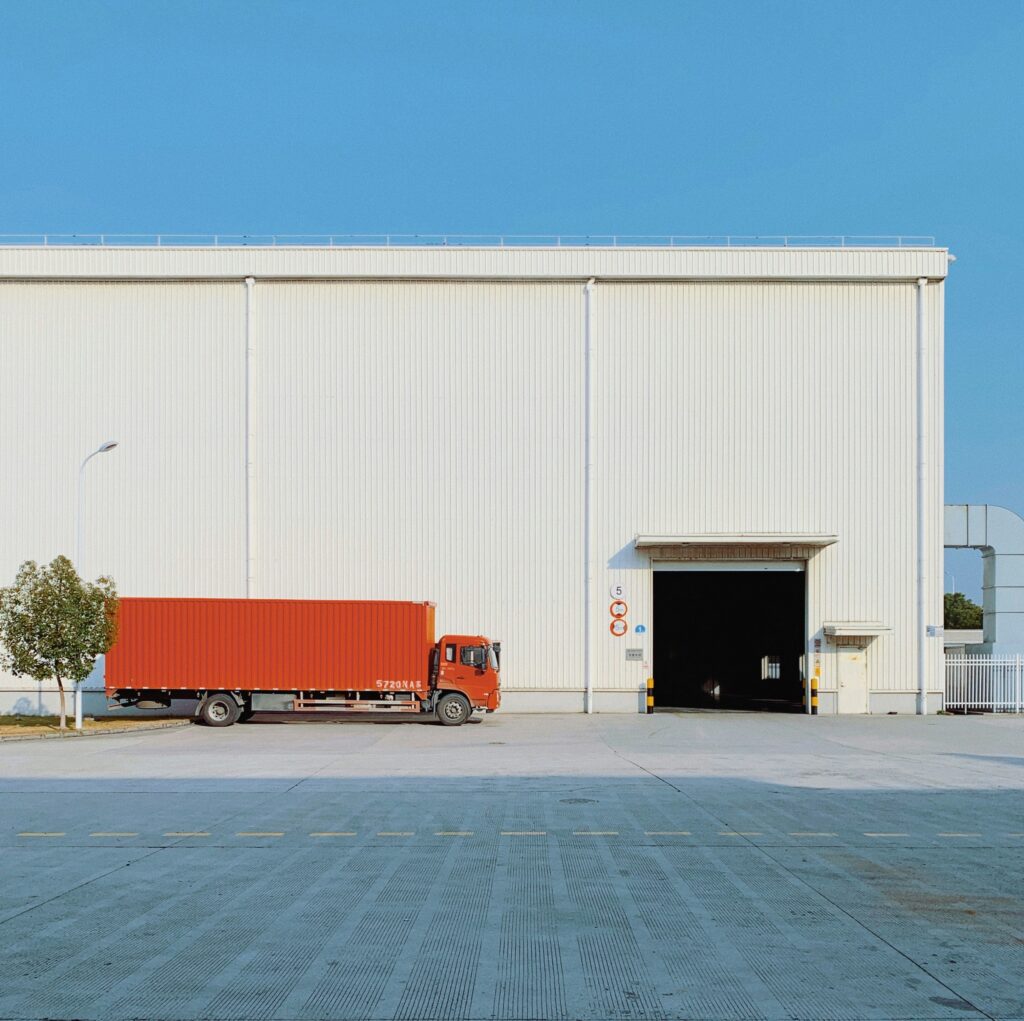What is Small Parcel Shipping?
Small parcel shipping involves transporting packages typically weighing less than 70 pounds and with low dimensional weight. These parcels are handled individually, often without the need for pallets, and are delivered directly to the recipient’s address. Major carriers in the U.S., such as USPS, UPS, and FedEx, dominate this market, offering various services tailored to different shipping needs.
Benefits of Small Parcel Shipping
- Ease of Tracking: Carriers provide tracking numbers for each parcel, allowing both businesses and customers to monitor shipments in real-time, enhancing transparency and trust.
- Flexibility: Suitable for businesses with diverse shipping volumes, accommodating anything from single items to multiple packages across various destinations.
Challenges and Considerations
While using small parcel services offer numerous advantages, businesses should be mindful of potential challenges:
- Cost Variability: Shipping rates can vary based on package dimensions, weight, delivery speed, and carrier. It’s essential to compare options to ensure cost-effectiveness.
- Hidden Fees: Be aware of additional charges such as residential delivery fees, fuel surcharges, and weekend delivery premiums. Understanding the full cost structure helps in budgeting and pricing strategies.
- Packaging Requirements: Proper packaging is crucial to protect items during transit and may influence shipping costs. Carriers often have specific guidelines that must be followed.
When to Use Small Parcel vs. LCL Shipping
Choosing between small parcel shipping and Less-than-Container Load (LCL) shipping depends on factors such as shipment size, urgency, and cost:
Use Small Parcel Shipping When:
- The shipment consists of multiple small packages under 70 lbs each.
- Delivery speed is a priority, as small parcel services offer faster transit times compared to LCL.
- The final destination is a residential or business address where parcel carriers provide doorstep delivery.
- The cost of LCL shipping, including CFS fees and inland drayage, outweighs the convenience of small parcel services.
Use LCL Shipping When:
- The shipment is over 3-4 CBM (cubic meters), making Fedex, UPS or DHL too expensive.
- Items are bulky or require palletization, which is more economical via LCL than breaking them into multiple parcels.
- Transit time is flexible, as LCL shipments take longer due to consolidation and deconsolidation.
- The destination is a warehouse or distribution center equipped to handle LCL deliveries.
For businesses dealing with both small and bulk shipments, strategically combining small parcel and LCL shipping can help optimize costs and delivery efficiency.
Optimizing Small Parcel Shipping
To maximize the benefits and minimize costs associated with small parcel shipping:
- Negotiate Rates: Establish relationships with carriers and negotiate shipping rates based on your shipping volume and frequency.
- Leverage Technology: Utilize shipping software to compare carrier rates, track shipments, and manage logistics efficiently.
- Audit Shipments: Regularly review shipping invoices and performance to identify discrepancies, service failures, or opportunities for refunds.
Conclusion
Small parcel shipping is an indispensable service for businesses aiming to deliver products directly to customers efficiently. By understanding its intricacies, staying informed about carrier options, and implementing strategic practices, companies can optimize their shipping processes, control costs, and enhance customer satisfaction.
At Simple Forwarding, we are partnered with InXpress to offer you great small parcel rates with UPS and DHL for your small parcel needs – rates that you can’t access independently. Contact us via our form or schedule a call via our calendar link and we’ll tell you all about it.





